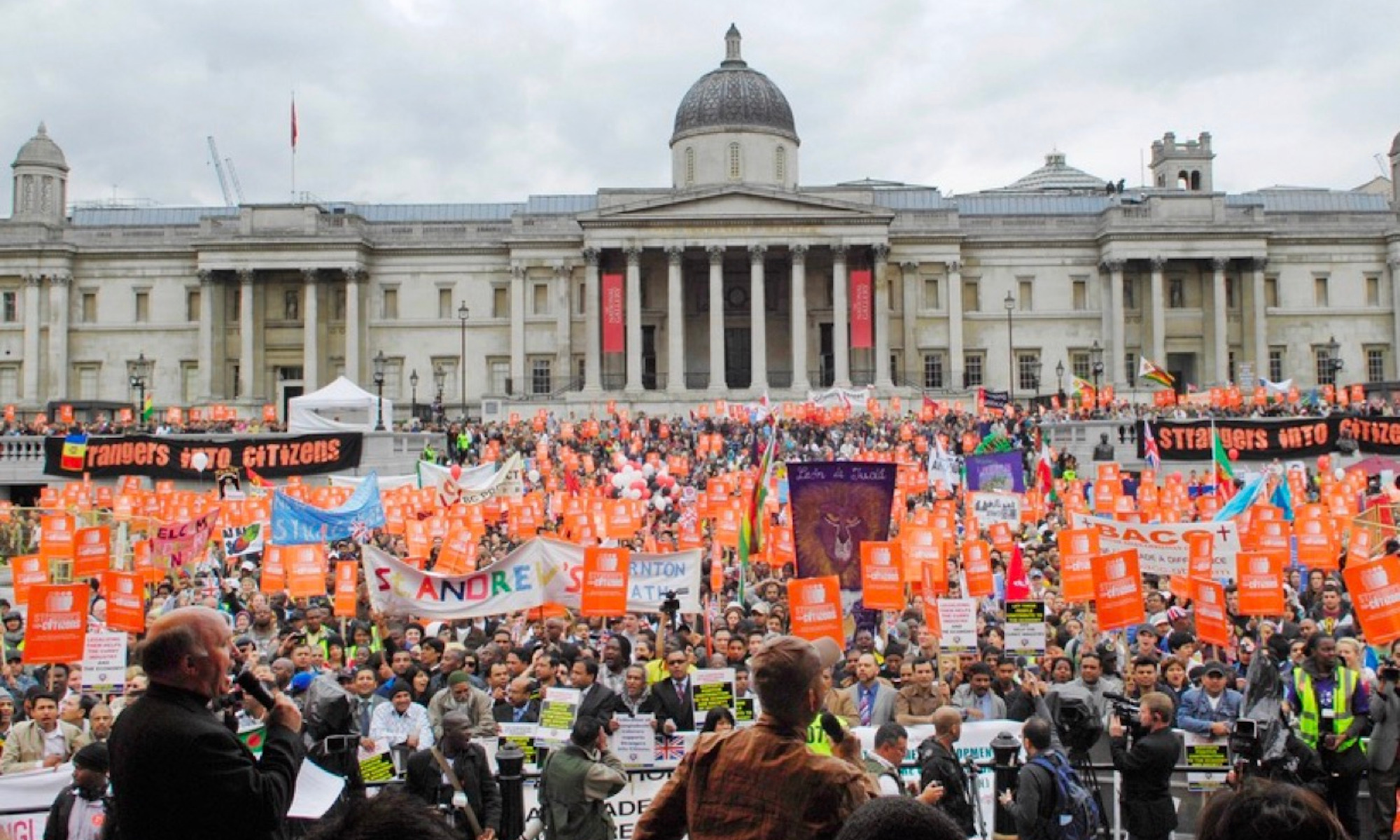At the beginning of the 19thcentury, there were very few institutions in St. Marylebone Vestry; the primary institutes in the borough were hospitals and orphanages. There was very little change in the quantity and diversity of establishments in Marylebone up until the 1830’s when the Marylebone Workhouse and London Society for Teaching the Blind were created. Yet, the the overwhelming majority of establishments in the borough continued to be hospitals and other charitable institutions. It was only in the 1860s and 70s that the number of businesses and organizations grew in numbers, which is consistent with most of the other boroughs outside the center city of London.
A business that was particularly interesting to me was Middlesex Hospital, which was one of the largest buildings on Mortimer Street where it was located. When looking at this image and other ones I found on the internet, I was surprised with how sophisticated the hospital appeared from the outside. The structure of the hospital was impressive, and it looked as though it almost took up an entire block. I was hoping to compare the Middlesex Hospital with some of the other hospitals located in Marylebone, but there were no other street views of them.

In the late 19thcentury, the kinds of institutions found throughout Marylebone remained predominately the same but increased in numbers. For example, a multitude of other hospitals were established in close proximity to one another just north of Middlesex Hospital. These hospitals catered to different issues such as the Wester Skin Hospital, The London Throat Hospital, and the Hospital for Epilepsy and Paralysis. Marylebone definitely housed more hospitals in a smaller square mileage than any of the other boroughs and I think this illustrates that it was prudent for people of similar professions to be located in the vicinity of one another so that they could be easily located by individuals seeking medical attention. I found it interesting that most of the hospitals at the time were specialized in a specific disease or body part as opposed to being combined under one umbrella hospital. The hospital I found most interesting was the Hospital for Gentlewomen During Temporary Illness. In order to go to this establishment, a woman would have to be of a certain class or the wife of a clergyman, professional, etc. I think that the presence of a hospital for higher class individuals possibly indicates that Marylebone was a relatively affluent location within the City of London.
